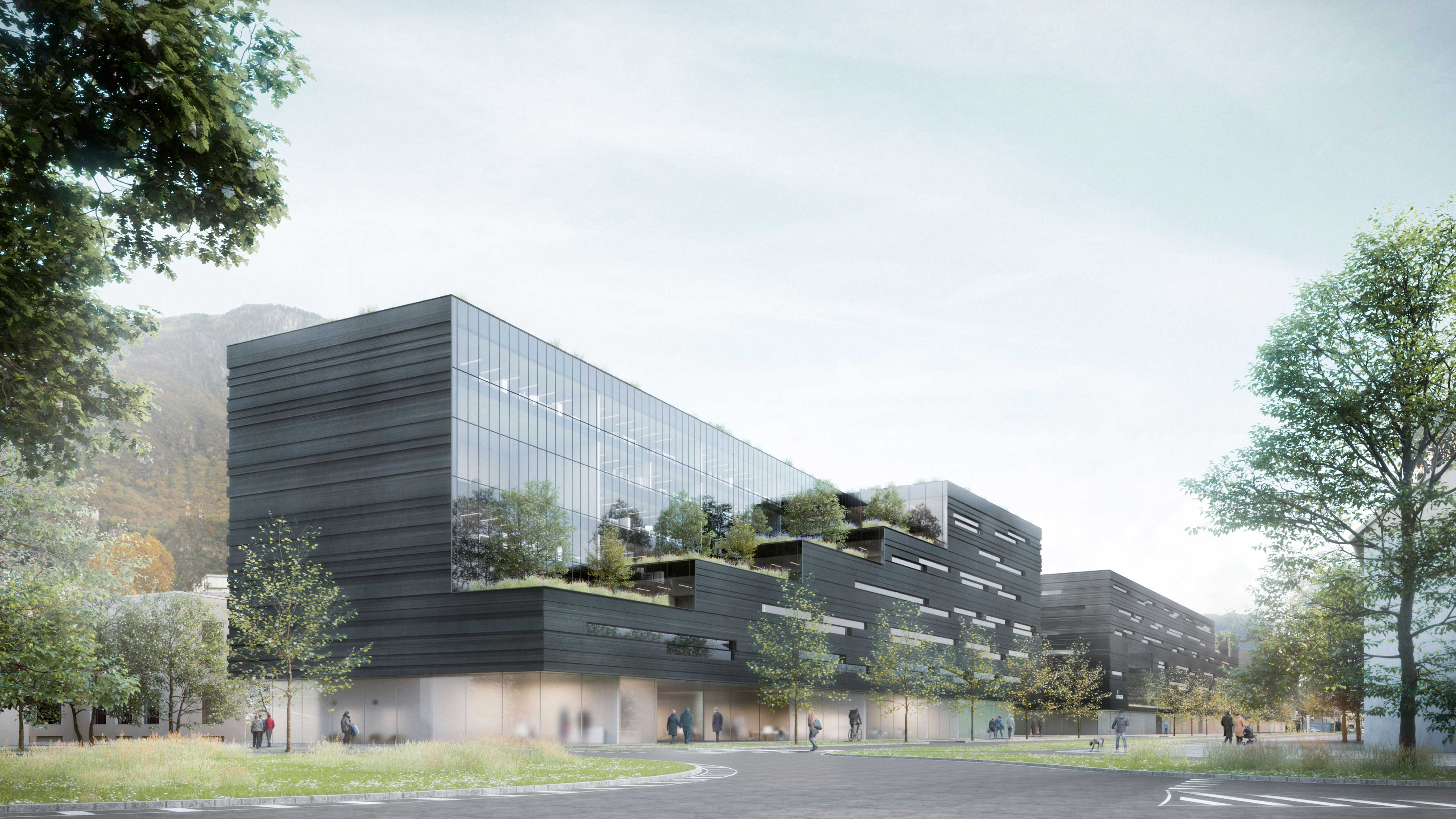

Con la modernità in cui non smettiamo di accumulare, di aggiungere, di rilanciare, abbiamo disimparato che è la sottrazione a dare forza, che dall’assenza nasce la potenza. E per il fato di non essere più capaci di affrontare la padronanza simbolica dell’assenza, oggi siamo immersi nell’illusione inversa, quella, disincantata, della proliferazione degli schemi e delle immagini.
- Jean Baudrillard
La costruzione di questo progetto è fondata sul rapporto spaziale tra architettura e conformazione urbana, la proposta sfrutta il possibile coinvolgimento relazionare tra i limiti di contatto e i differenti comparti.
L’idea centrale è la continuità della città, pensando al NOI Techpark come ad un sistema coeso, in grado di modificare positivamente lo spazio pubblico in contatto con i nuovi volumi di progetto, alternando sapientemente la giustapposizione dei pieni e dei vuoti.
Adottando questo registro interpretativo appare centrale un impostazione dedita alla sottrazione di vuoti, allo scavare spazio di contatto tra le diverse aree funzionali in gioco. L’assenza nei vuoti scavati dentro lo spazio urbano, ribalta il punto di partenza dell’ideazione progettuale. Il disegno agisce con un’architettura da fuori verso dentro, riduce l’accumulazione volumetrica superficiale, la diffusa sequenza sconnessa tra edifici-strada-città, i tagli misurati si dispiegano come concatenazioni potenti.
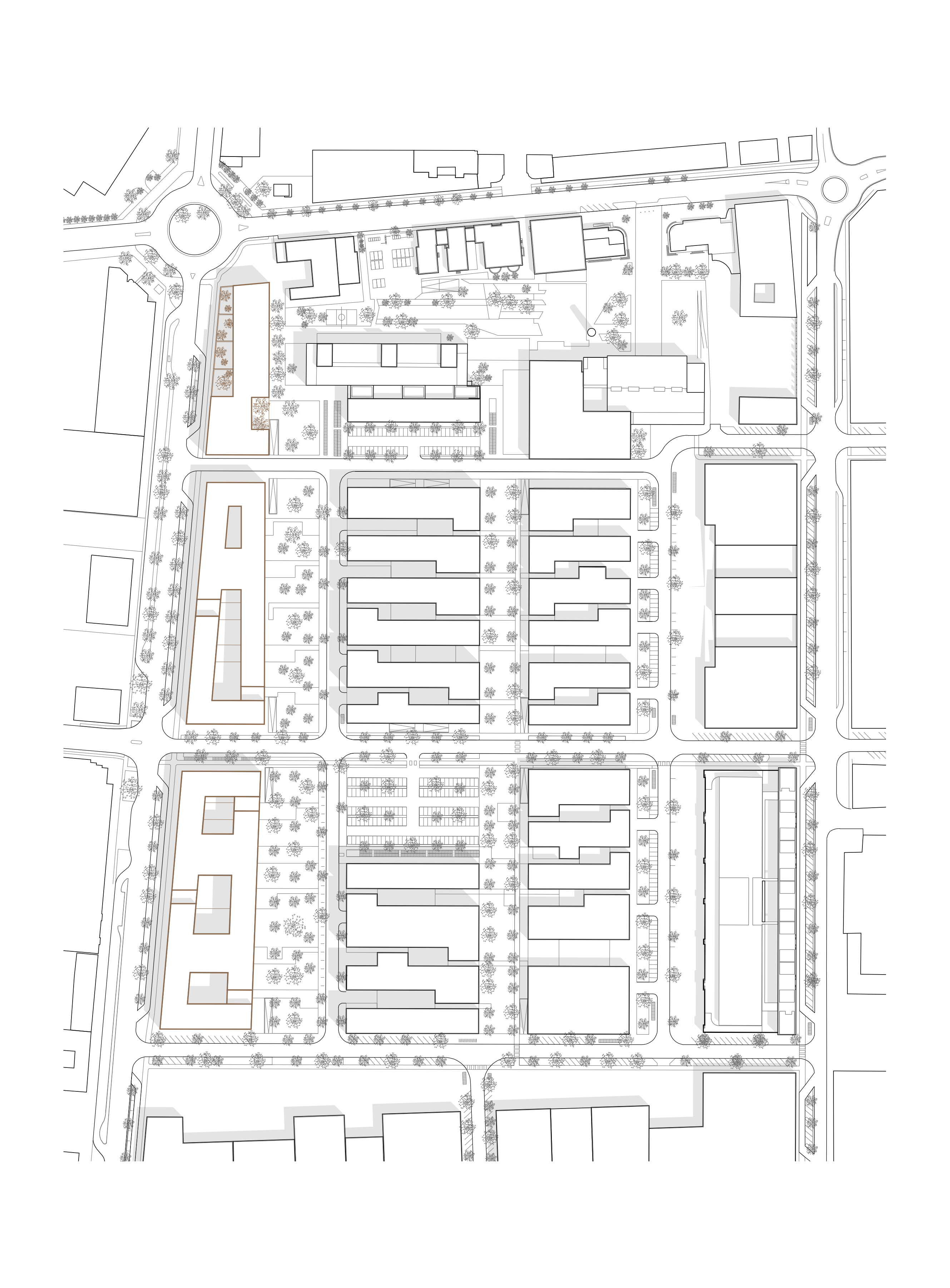
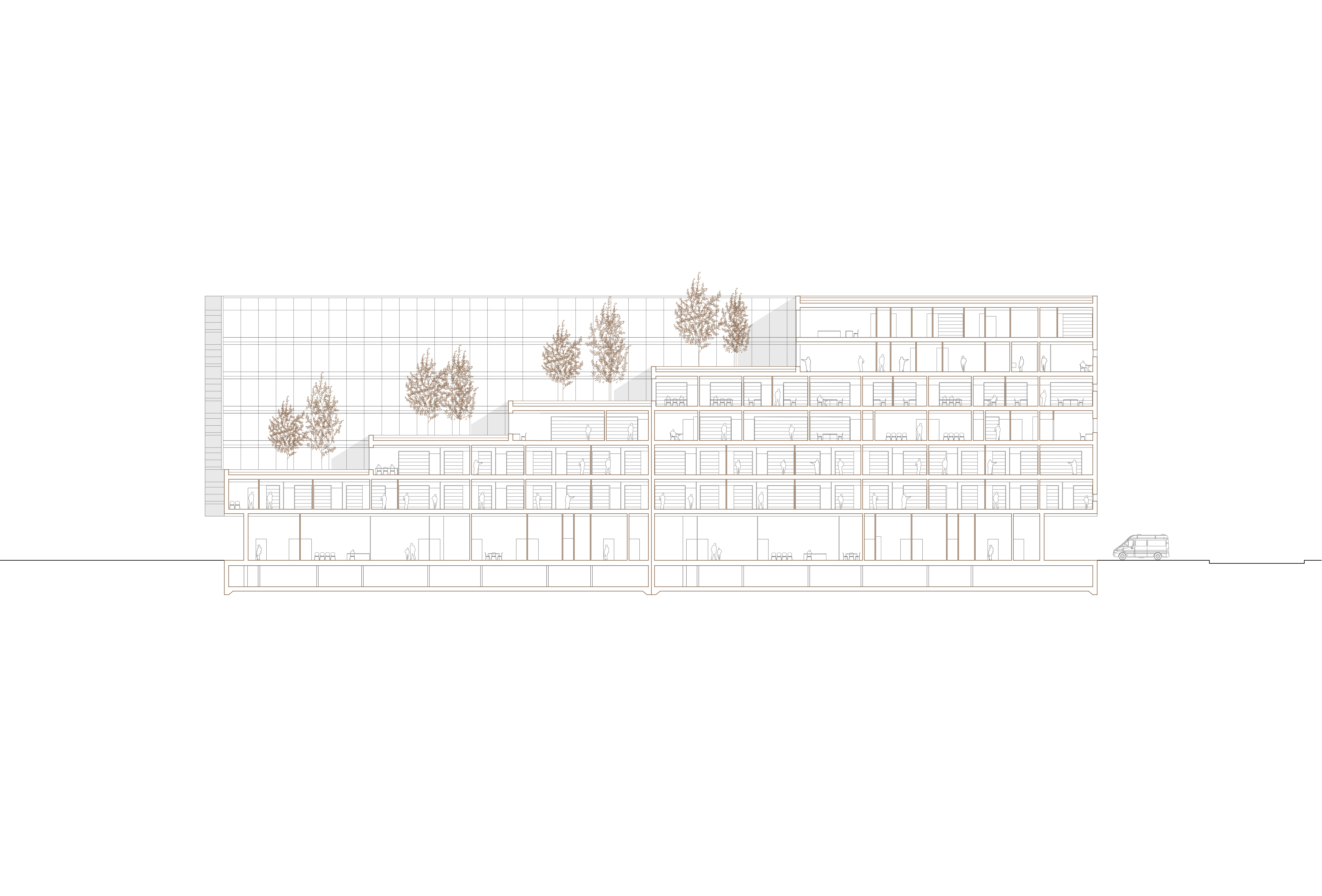
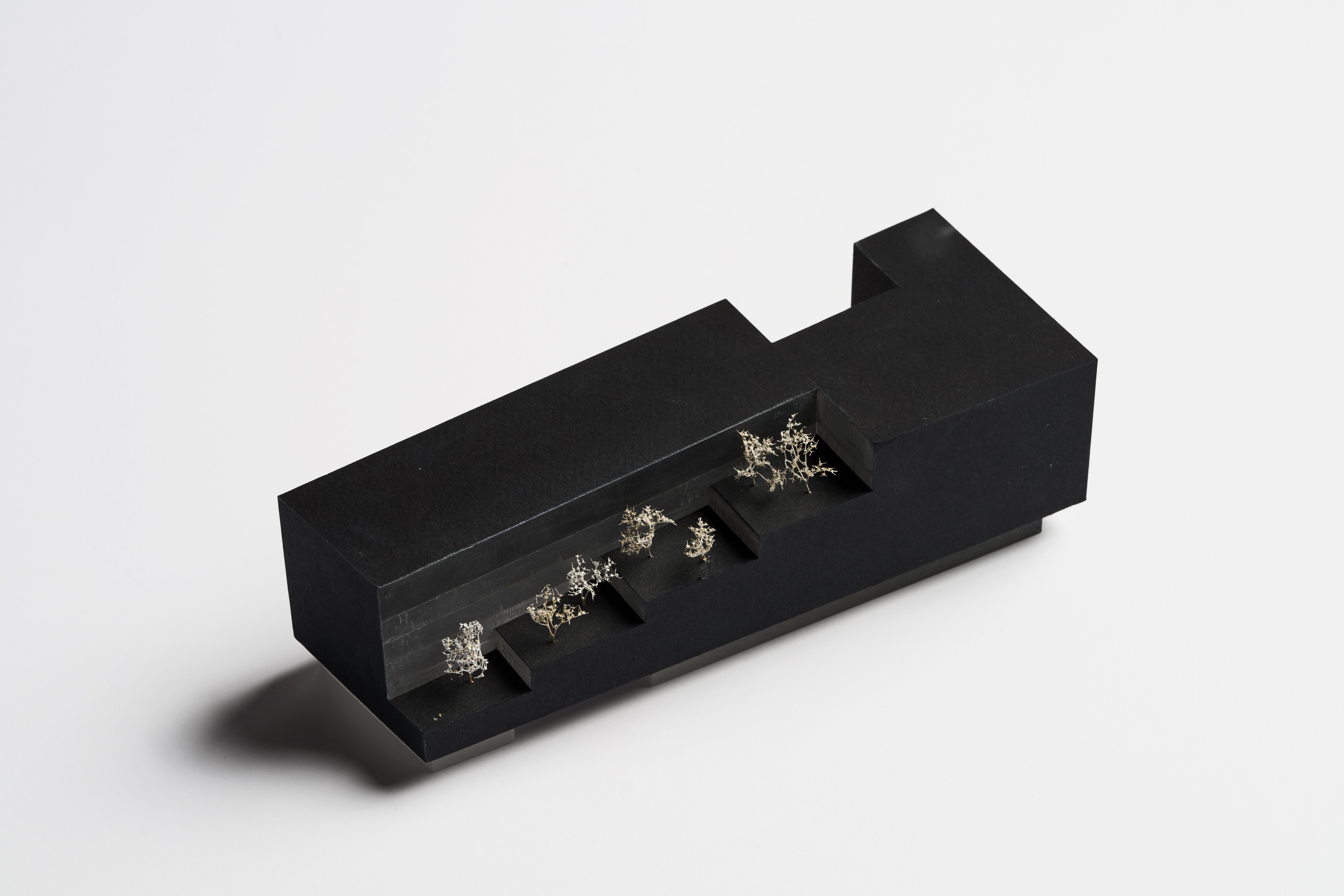
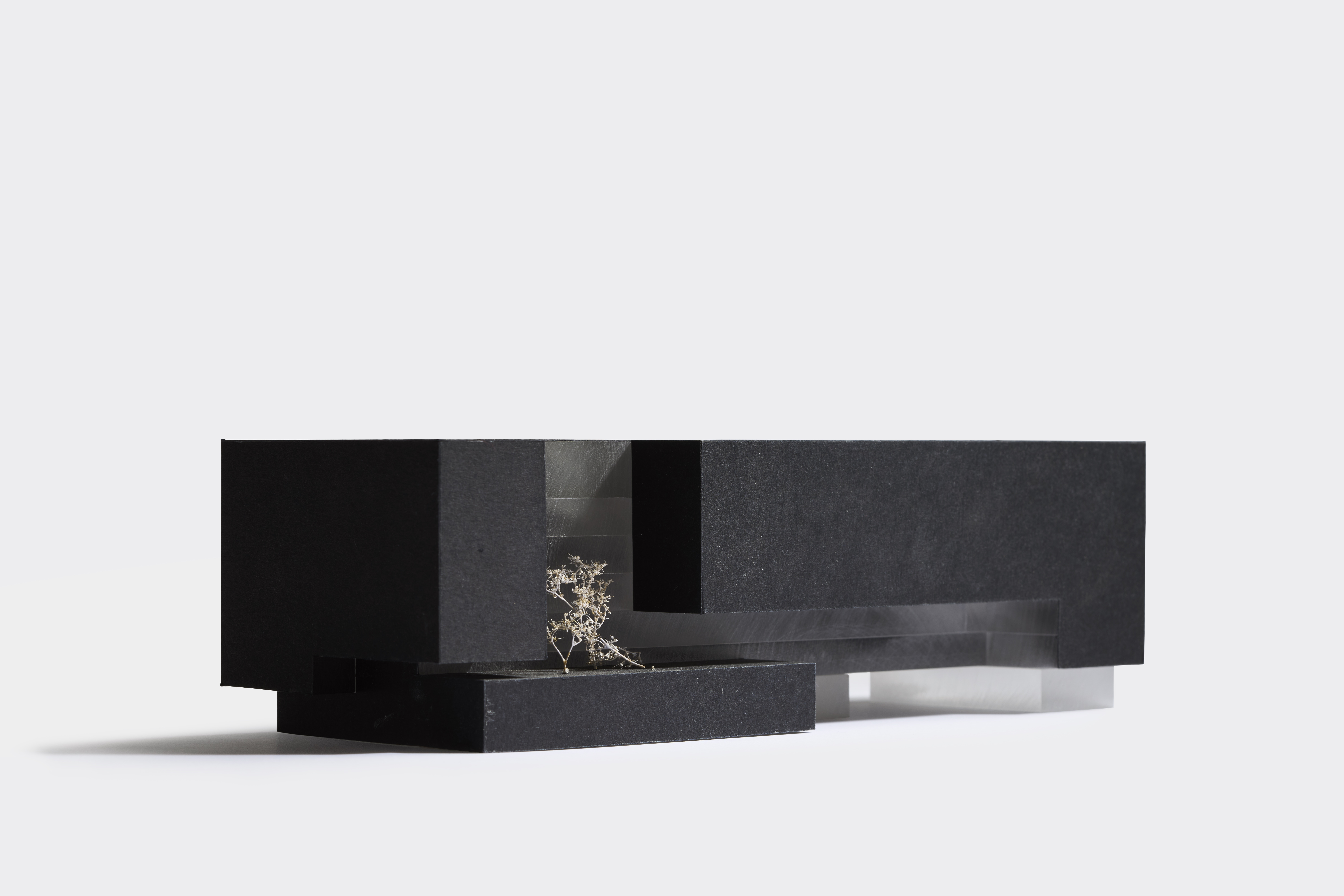
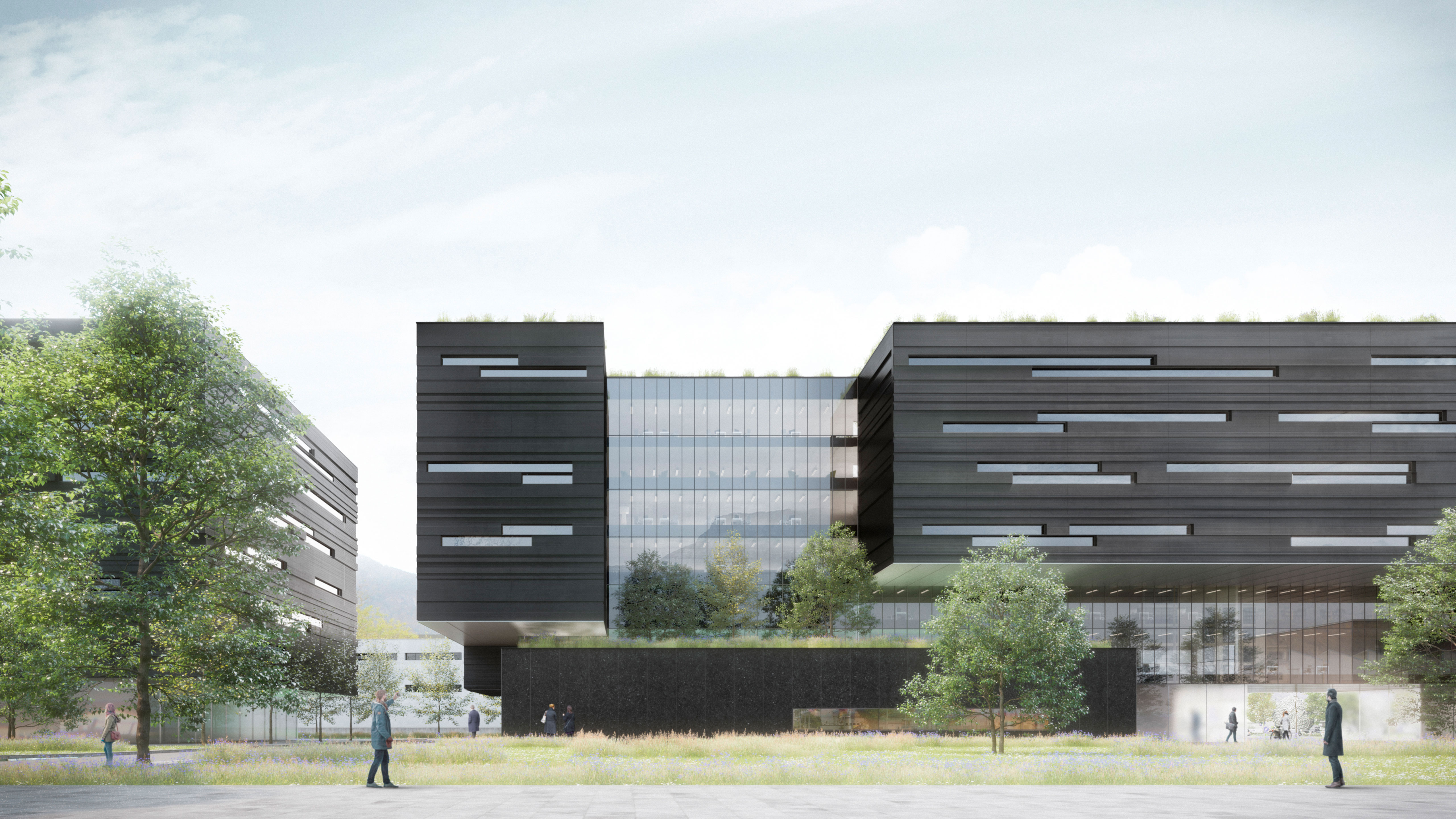
Project description
Offices and lab
Location
Bolzen, Italy
Client
Business Location Südtirol · Alto Adige SpA
Project
DEMOGO studio di architettura
Engineering
Zero4uno ingegneria s.r.l.
Building Area
1.923 m2
Budget
17.099.390 €
Images
SfSight
Model
Stefano D'Este
Chronology
2018 competition 2nd prize
“In modernity, where we never stop accumulating, adding, and escalating, we have forgotten that it is subtraction that gives strength, that power is born from absence. And because we are no longer capable of facing the symbolic mastery of absence, we are now immersed in the opposite illusion — a disenchanted one — of the proliferation of patterns and images.” — Jean Baudrillard
The development of this project is based on the spatial relationship between architecture and urban form. The proposal leverages the potential relational engagement between points of contact and the various sectors involved. The central idea is the continuity of the city, imagining the NOI Techpark as a cohesive system capable of positively transforming the public space in contact with the new project volumes, skillfully alternating the juxtaposition of solids and voids. Within this interpretive framework, a design approach focused on the subtraction of voids becomes essential — carving out spaces of contact between the different functional areas in play. The absence within these voids, excavated from the urban fabric, overturns the conventional starting point of design conception. The design operates with an architecture that works from the outside in, reducing surface volumetric accumulation and the widespread disconnection between buildings, streets, and the city. Measured incisions unfold as powerful concatenations.

Con la modernità in cui non smettiamo di accumulare, di aggiungere, di rilanciare, abbiamo disimparato che è la sottrazione a dare forza, che dall’assenza nasce la potenza. E per il fato di non essere più capaci di affrontare la padronanza simbolica dell’assenza, oggi siamo immersi nell’illusione inversa, quella, disincantata, della proliferazione degli schemi e delle immagini.
- Jean Baudrillard
La costruzione di questo progetto è fondata sul rapporto spaziale tra architettura e conformazione urbana, la proposta sfrutta il possibile coinvolgimento relazionare tra i limiti di contatto e i differenti comparti.
L’idea centrale è la continuità della città, pensando al NOI Techpark come ad un sistema coeso, in grado di modificare positivamente lo spazio pubblico in contatto con i nuovi volumi di progetto, alternando sapientemente la giustapposizione dei pieni e dei vuoti.
Adottando questo registro interpretativo appare centrale un impostazione dedita alla sottrazione di vuoti, allo scavare spazio di contatto tra le diverse aree funzionali in gioco. L’assenza nei vuoti scavati dentro lo spazio urbano, ribalta il punto di partenza dell’ideazione progettuale. Il disegno agisce con un’architettura da fuori verso dentro, riduce l’accumulazione volumetrica superficiale, la diffusa sequenza sconnessa tra edifici-strada-città, i tagli misurati si dispiegano come concatenazioni potenti.





Project description
Offices and lab
Location
Bolzen, Italy
Client
Business Location Südtirol · Alto Adige SpA
Project
DEMOGO studio di architettura
Engineering
Zero4uno ingegneria s.r.l.
Building Area
1.923 m2
Budget
17.099.390 €
Images
SfSight
Model
Stefano D'Este
Chronology
2018 competition 2nd prize
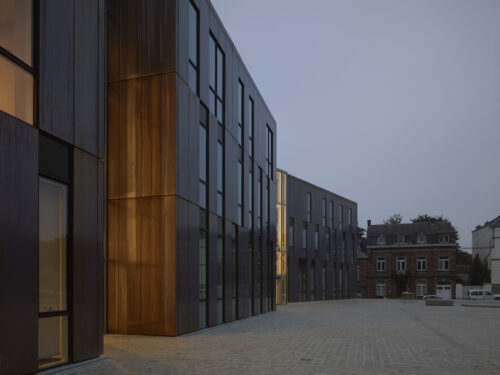
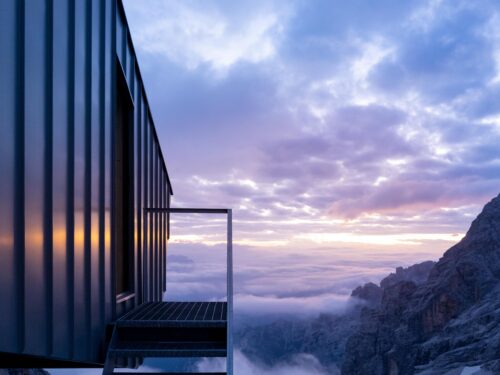
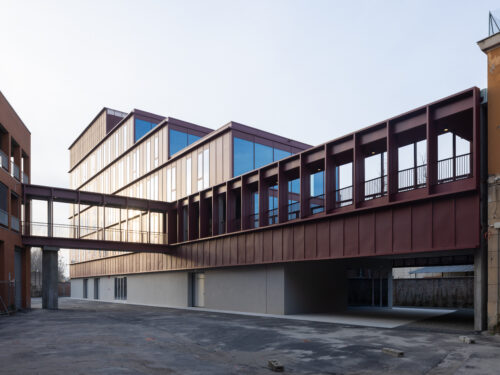
0 Comments